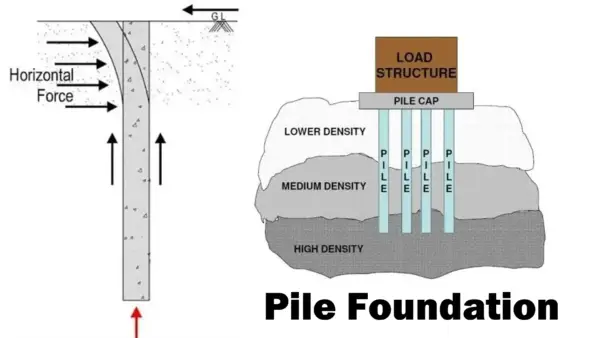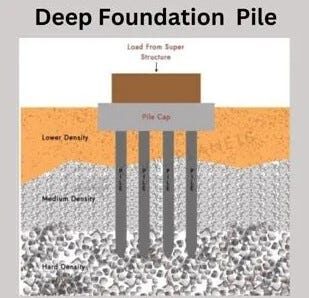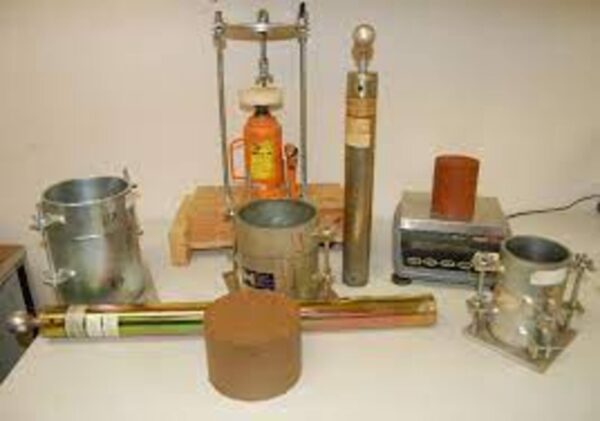Pier and beam foundation is commonly used in areas with expansive or unstable soil conditions. Unlike a traditional concrete slab foundation which sits flat on the ground, a pier and beam system utilizes beams that are supported by piers embedded deep into the ground.
The main advantage of choosing a pier and beam foundation over a slab is that it can better withstand soil movement and shifting due to expansion, contraction, settling, or sinking.
When this occurs, the problems are usually evident in the form of an uneven or bouncy floor, cracks in walls or ceilings, doors and windows that no longer open or close properly, plumbing leaks, and exterior cracks. If you notice these types of issues in your pier and beam home, chances are your foundation needs professional attention.
Number of options available for repairing pier and beam foundations. In fact, major foundation problems do not always require full replacement.
Through strategic repairs and reinforcements, even significantly damaged pier and beam foundations can often be restored to provide a stable base for the home once again.
What is a Pier and Beam Foundation?
A pier and beam foundation is a type of building foundation that is commonly used in areas with expansive clay soil. This type of foundation consists of beams that are supported by concrete piers or pads which are embedded into the ground.
The beam component is typically wood or steel, while the piers are made of concrete. Unlike a traditional slab foundation which sits flat on the prepared ground, a pier and beam foundation creates an open, ventilated space underneath the structure.
The weight of the structure is transferred through the beams down to the piers below.

Types of Failures in Pier and Beam Foundations
There are several common problems that can occur with pier and beam foundations over time:
Cracked Piers – Concrete piers can develop cracks due to soil settlement, poor drainage issues, or extremely cold temperatures in some regions. Cracked piers compromise the stability of the foundation.
Rotting Beams – If moisture accumulates under the structure, wood beams are susceptible to rotting and decay. This leads to weakened structural support.
Shifted Foundations – Heaving soil, erosion, flooding, or loose piers can cause foundations to shift and settle unevenly. This results in an unleveled structure.
Sagging Floors – Over time, beams may warp or deform leading to slight or severe sagging of floors. This indicates failing structural components.
Pest Damage – Termites, carpenter ants, and other pests can cause extensive damage by eating away at wooden beam supports. Their activity further compromises foundation integrity.
Repairing Methods for Pier and Beam Failures
Adjusting Beams – Elevating specific beams using jacks and shims can level foundations and floors that have moderately shifted or sagged in isolated areas.
Beam Reinforcement – Stronger supports may be installed directly underneath compromised beams by a foundation repair contractor to provide added stability and structural integrity.
Pier Repairs – Cracked concrete piers are often repaired by pressure injecting epoxy resin. Alternatively, steel reinforcement cages may be inserted into deteriorated piers before repouring with new concrete.
Partial or Full Replacement – Severely damaged sections of beams and piers may need to be completely replaced to return the foundation to full load-bearing capacity.

Key Considerations
Proper pier and beam foundation repair requires an experienced structural engineer and foundation contractor to assess damage and customize the repair approach for lasting results.
Attempting DIY repairs to foundational components can further undermine structural integrity. The cost is also driven by the extent of needed repairs and the accessibility around and underneath the home.
On average, minor leveling and stabilization of an existing pier and beam foundation can cost $3,000 to $7,000, while major repairs requiring new piers can run $10,000 or more. Ongoing maintenance helps minimize the need for significant future foundation repair work.
Conclusion
Pier and beam foundations are a smart structural choice in areas prone to shifting or unstable soil conditions. However, like any foundation, they still remain susceptible to damage over the long-term.
Catching problems early makes repair methods easier and more affordable.
Working with qualified foundation professionals ensures the right solution to preserve the structural integrity of your home. They have extensive experience evaluating and correcting all types of issues with pier and beam foundations.







